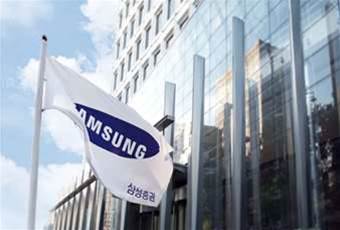Samsung took to the US Supreme Court today in its last-chance attempt to pare back the more than US$548 million (A$755 million) in damages it has paid Apple for infringing the patents and designs of the iPhone.

Samsung's petition must first be accepted for review by the Supreme Court. It is the latest step in a long-running patent lawsuit between the rival companies that epitomised the global smartphone wars.
Samsung Electronics paid Apple the US$548.2 million today, fulfilling part of its liability stemming from a 2012 verdict for infringing Apple's patents and copying the iPhone's look.
In its petition to the high court, Samsung said it should not have had to make as much as US$399 million of that payout for copying the patented designs of the iPhone's rounded-corner front face, bezel, and gridded icons.
It said that awarding total profits from the sale of its devices with those designs, even if they relate only to a small portion of the phone, allows for "unjustified windfalls" far beyond the inventive value of the patents.
"A patented design might be the essential feature of a spoon or rug. But the same is not true of smartphones, which contain countless other features that give them remarkable functionality wholly unrelated to their design," Samsung told the high court.
"Samsung is escalating this case because it believes that the way the laws were interpreted is not in line with modern times."
Apple did not address the new petition, but said in a statement, "We make these products to delight our customers, not for our competitors to flagrantly copy."
The South Korean electronics company's quest to limit damages to Apple comes after the US' top patent court in May stripped about US$382 million from the US$930 million Samsung owed following the 2012 verdict. The appeals court said the iPhone's appearance could not be protected through trademarks.
Another trial over remaining damages relating to some of Samsung's infringing products in the case is set for next year.
In its petition today, Samsung also told the Supreme Court that juries should not award damages on certain "functional" aspects of designs, such as flat screens, which allow for the reading of documents, or rounded corners, which make phones easier to slip into a pocket.


.png&h=140&w=231&c=1&s=0)

_(20).jpg&h=140&w=231&c=1&s=0)






 iTnews Executive Retreat - Security Leaders Edition
iTnews Executive Retreat - Security Leaders Edition











_(1).jpg&h=140&w=231&c=1&s=0)



